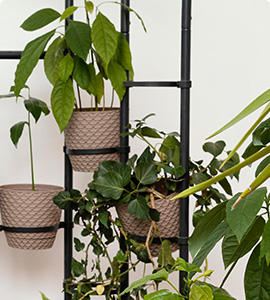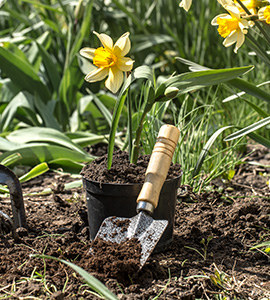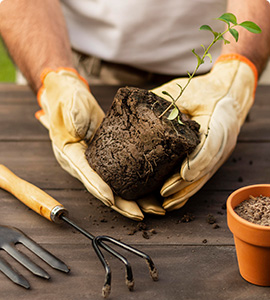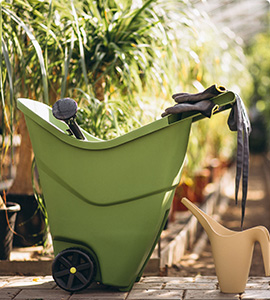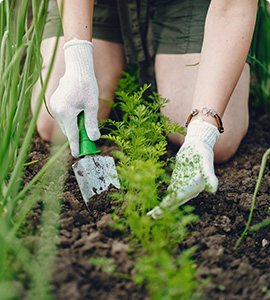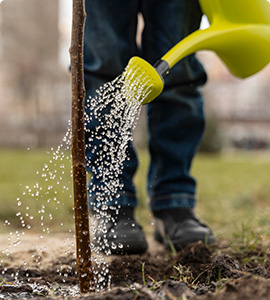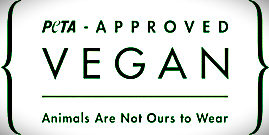-
-
Call: +91 98240 06823
Environment Impact/ Sustainability
Leather Through Time
Leather has long been associated with luxury, but its origins are much more practical. In the past, humans used animal hides as protection against harsh weather. As society evolved and modernization took hold, leather became a symbol of status and durability.
Its strength and versatility led to widespread use in clothing, such as jackets and shoes, as well as saddles and harnesses. While leather products have always been prized for their quality, the high cost of genuine leather eventually gave rise to synthetic alternatives. Unfortunately, these unauthentic products have brought their own set of challenges, both ethically and environmentally.
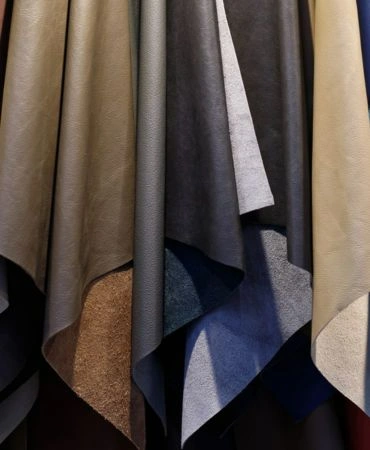
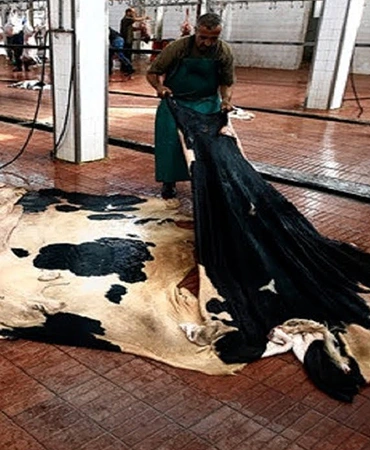
Current Leather Practices
Though leather has evolved from a necessity to a symbol of luxury, the methods used to produce it have remained largely unchanged. Despite the advancements in modern technology, the leather industry still heavily depends on the exploitation of animals. While mass production has made leather more accessible, it has also intensified the demand for animal hides, often leading to illegal and unethical ways.
Leather at the Cost of Life
Animals are often not just byproducts of the meat industry; many are specifically slaughtered for their skins, driven by the growing demand for luxury leather goods. This practice, though frequently hidden from public view, supports an industry where animal lives are sacrificed for fashion and status.
Despite increased awareness of the ethical and environmental consequences, the cycle of exploitation continues, with animals suffering solely for the creation of high-end products. The true cost of leather extends far beyond its price tag, encompassing cruelty, environmental damage, and unsustainable practices.
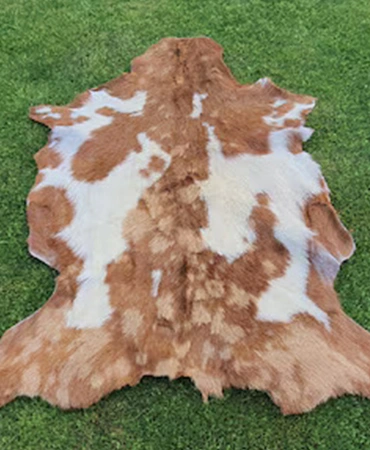
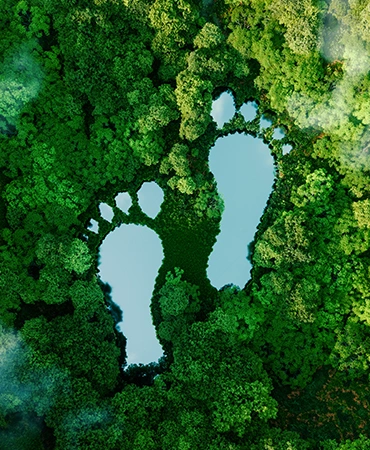
Solving One Problem, Creating Another
As the demand for leather grew, faux leather emerged as a seemingly viable solution. Made to replicate the look and feel of real leather, it quickly gained popularity as an affordable and cruelty-free option. However, while it spared animals, faux leather introduced a new environmental dilemma.environmental footprint.
Composed primarily of plastics like PVC and polyurethane, these materials do not break down naturally, creating lasting waste. Over time, faux leather products contribute significantly to plastic pollution, leaving behind an even larger
The Future of Vegan Leather
The environmental cost of faux leather far outweighs its benefits. To truly address the need for eco-friendly and animal-safe alternatives, that's vegan leather. While there are multiple ways to create vegan leather, our team found a sustainable solution in cactus.
Thanks to its natural durability and low resource requirements, cactus quickly became the core of our vegan leather production. This plant-based material requires minimal water, no harmful chemicals, and is biodegradable.
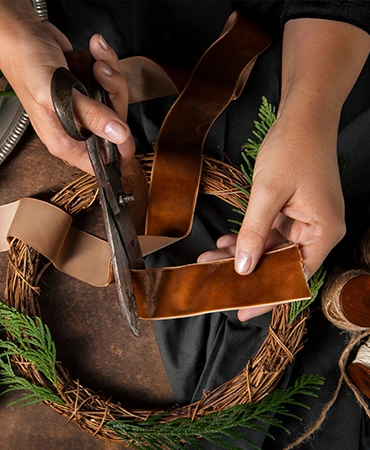
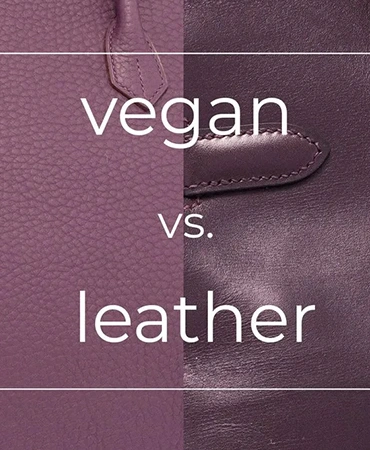
Comparing Vegan and Real Leather
While real leather has long been associated with luxury and durability, vegan leather offers an equally high-quality alternative without the environmental and ethical costs
- Vegan leather production consumes less energy than traditional leather manufacturing, which involves resource-intensive processes like tanning.
- Real leather relies on harmful chemicals like chromium during the tanning process, while vegan leather can be made without toxic substances.
- Vegan leather is designed to be durable and requires less maintenance, whereas real leather can crack, fade, and demand regular upkeep.
- Vegan leather is made from renewable plant-based materials, while real leather requires animal agriculture, which contributes to deforestation and methane emissions.
- Vegan leather can be produced faster and more efficiently than real leather, reducing both time and resource consumption.
